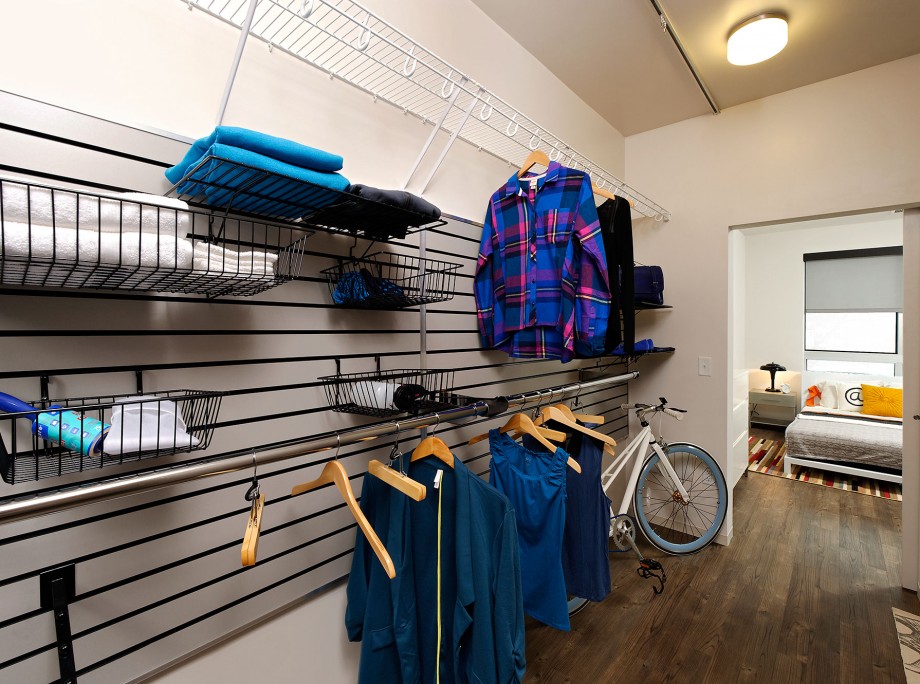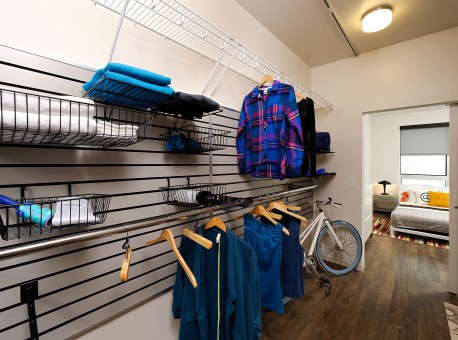Rohit Anand – Meeting Millennials’ Needs and Wants Requires More than a One-Size-Fits-All Solution
National Multifamily Housing Council
May 7, 2014
It’s clear that Millennials have some defining characteristics that make this generation significantly different from any previous one. During the 2014 NMHC Research Forum, Mike Mancini, vice president of thought leadership at Nielsen, classified these distinctions into four key themes: mobile and wireless; sharers and renters; authentic and organic; and expressive and experiential.
In a nutshell, this means a number of things: Facebook and Twitter are still staples and e-commerce sites are huge; renting is a positive lifestyle choice and sharing stuff, be it a car, bike, handbag or home, is smart; urban, mixed-use areas are “the” places to be; left wing is hip and giving back to the community in one way or another is a no-brainer.
Millennials’ finances and attitudes towards such also are distinct from previous generations. The Great Recession hit this generation fast and hard and it’s taking a while for the economics to recover. Unemployment remains elevated for Millennials, many are stuck in lower-paying jobs and many are still living at home with their parents.
But this 77 million cohort isn’t exactly homogenous. Experts are beginning to split the Millennials into groups by various demographic and socioeconomic factors to gain a deeper understanding of what drives their patterns and preferences.
For example, recent research from the Pew Research Center showed that education levels of the nation’s 25- to 34-year-olds has risen dramatically compared with previous generations. While largely considered a good thing—more education equals better likelihood of finding a job and earning more—the research also revealed an increasing stratification of wealth among the generation based on education level. More simply put, Millennials with college degrees earned more than previous generations with college degrees but those Millennials with only a high school degree or some college education actually earned less than previous generations.
Similarly, many experts are discovering distinctions within the Millennial generation based on age. The older Millennials, affectionately called iM Dotcomers by Neilsen’s Mancini, are roughly 28 to 36 years old, have more established careers, earn more and are more likely to be starting families than their younger counterparts. The younger Millennials, nicknamed Social Netizens, are roughly 19 to 27 years old, often are still at school and living at home with their parents, earn less and are the earliest adopters of new technology and trends.
These differences often result in very different spending preferences and patterns for the two subgroups, said Mancini, so for businesses to effectively reach a Millennial audience, they need to be focused on precision marketing. By segmenting by socioeconomics or geography, marketers can describe, quantify and prioritize opportunity areas among highly-defined subgroups. As an example, Mancini shared research that showed how the spending activity of Millennials changed among three burger restaurants based on whether they were younger or older, living in a city or suburbs, lower or higher income earners.
For the apartment industry, these findings have implications for nearly all aspects of the business, from how we build and manage properties to how we market our properties and communicate with our residents. Already many apartment firms are responding.
Kai Reynolds, a partner with The JBG Companies, said Millennials have “changed the way we design and build our apartments. Unit sizes, unit amenities, common areas, more efficient units—we’re very sensitive to all the trends permeating in this generation.”
The old adage location, location, location rings especially true for Millennials. “Twenty is the magic number,” said Rohit Anand, a principal with KTGY Architecture & Planning, during another panel discussion at the research forum. “They want to be no more than 20 minutes from work and 20 minutes away from play—either through mass transit, walkability, bikes.”
But more than just convenience, Millennials want some “there, there” to where they live. They are focused not only on the building but also the surrounding neighborhood and the amenities—nightlife, restaurants, shopping, walking trails, arts—it has to offer. “People don’t live in their new apartments, they just sleep in them,” joked Jay Lybik, vice president of research for Equity Residential. “They live in their neighborhoods.”
But for as much as neighborhood matters, it’s not everything. The apartment unit itself still matters. Even if it’s smaller, Millennials want it to be able to adapt to their lifestyles and preferences.
Anand gave some examples of unique features from AvalonBay’s Ava product that have proved to be a hit with Millennials seeking ways to customize their spaces: a chalkboard wall in the kitchen; an open, retail slat system instead of traditional closet space; and a “gear wall” at the front entry to house everything from coats to bags to bikes.


